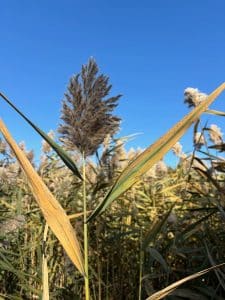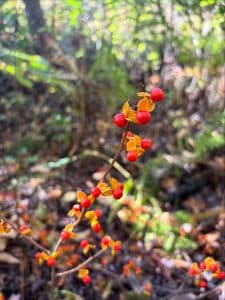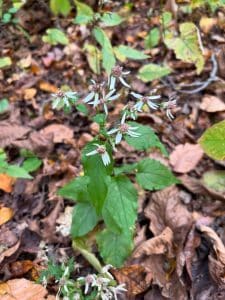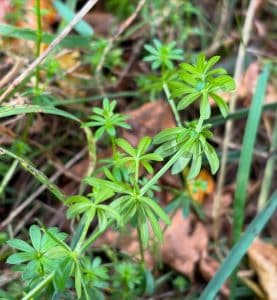The visual appeal of mushrooms in unmistakable, mushrooms bloom in a variety of colors, shapes, and sizes. But occasionally there lies a hidden danger. While many mushrooms are enjoyed in different cuisines and culinary delights, others are life threatening.
Although most mushrooms are edible or non-toxic, toxic mushrooms can be found almost anywhere. You must be experienced in the identification of any specific species that you may consume. A single mistake can be life threatening.
In this article, we’ll discover some of the dangers of these toxic fungi. Let’s start with a better understanding.
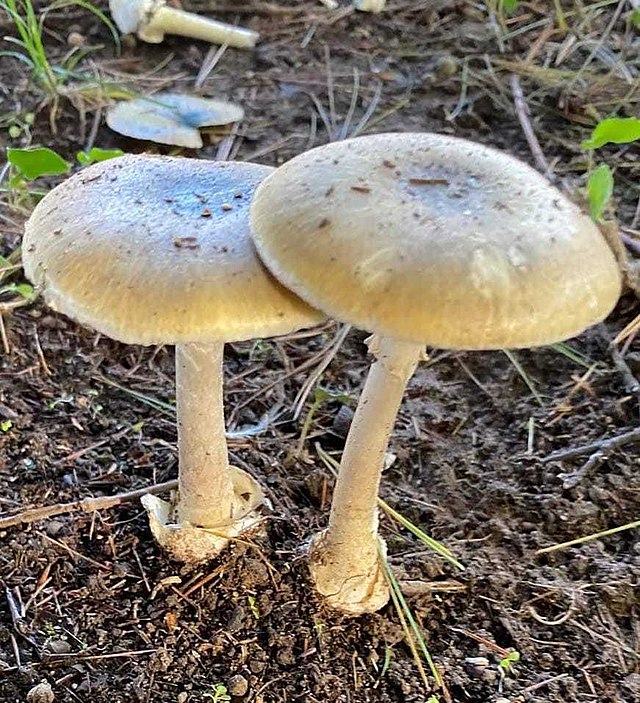
Allure of Mushrooms
A common rule of thumb repeated about the animal kingdom is that the more vibrant a frog or snake is, the more poisonous they are to humans and other animals. This is not true of the fungi wold. Toxic mushrooms can be very vibrant as is the case with the Jack-o’-lantern mushroom(Omphalotus olearius) but often they are very bland in color too. Toxic mushrooms can grow on wood, or compost, they can be symbiotic with trees or saprophytic. The can ‘look’ delicious and often do, but don’t be fooled.
Vibrant hues of mushrooms can be seen dotting the floor here and there. Without a doubt, the sight is worth beholding, but don’t make foraging for wild mushrooms a true game of chance. It would be like dipping your feet into the unforeseen games of casinos via the Betsquare platform. Although the games are fascinating and promise huge jackpots, you must exercise caution and know what is right for you. Similarly, you must take caution to not give into the allure of mushrooms that may look delicious but aren’t.
Ability to Blend In
Mushrooms can be unintentionally deceptive. It might be counterintuitive to think of mushrooms deceiving humans, but it’s more of a side effect than an intentional outcome of evolution. Many living creatures have evolved poisons to deter herbivores or in this case fungivores. With this in mind though it is still a bit of a mystery exactly why mushrooms evolved these toxins, especially considering that they may not have an unpleasant taste and that the toxin may take quite a while to kick in. This hardly seems like a good strategy to repel animals that may want to eat the mushrooms prior to the spores being ready to spread. Also humans may not even effectively be repelled by toxic mushrooms because it can be difficult for at least amateur or novice mushroom foragers to differentiate between the edible and deadly species. A misidentification can lead to a lethal consequence. Therefore, it is important to research and expand your knowledge of mushrooms to prevent any mishaps.
2 Common Types of Poisonous Mushrooms
Let’s find out what type of mushrooms are poisonous.
Death Cap
Amanita phalloides, commonly known as the Death cap, is perhaps the deadliest mushroom on earth. It is typically found throughout Europe and North America and can resemble the edible button mushroom and many other gilled mushrooms.
What makes it stand out from the other mushrooms is its amatoxins that are heat stable and withstand the cooking temperatures. After 6 to 12 hours of ingestion, a person feels stabbing abdominal pain, vomiting and bloody diarrhea. The sickness leads to massive water loss, raising a sense of intense thirst.
Autumn Skullcap
Galerina marginata, known as the Autumn Skullcap or Deadly Galerina, is common throughout the Northern Hemisphere and some areas of Australia. It is a gilled wood-rotting mushroom containing the same Amotoxins as the death cap and causes diarrhea, hypothermia, vomiting, liver damage, and death if untreated.
Although this particular type doesn’t resemble many edible mushrooms, people have sometimes mistake it for hallucinogenic Psilocybe mushrooms.
Symptoms of Mushroom Poisoning
Consuming poisonous mushrooms can directly affect the Gastrointestinal tract, making a person very sick and sometimes even causing a threat to their life. Symptoms can be seen within 6 to 24 hours of consumption, and the severity depends upon the type of mushroom and the amount of intake. The symptoms may subside after 2-3 days if the condition is not severe. However, it is advised to take immediate help from your healthcare provider if you suspect mushroom toxicity. Common symptoms may include:
- Abdominal pain
- Vomiting
- Diarrhea
- Nausea
- Violent Stomach Cramps
Conclusion
Although most of the mushrooms are edible and only a few are toxic, unfortunately, striking resemblances to edible species make them even more dangerous. Many mushroom foragers are skilled enough to tell the species apart. However, a single mishap could be a serious mistake. Therefore, expanding your understanding of mushrooms is especially important if you want to start with mushroom foraging. Always be 100% sure of what you’re consuming if you choose to do so, otherwise just enjoy looking at and studying what you find without consuming it.


